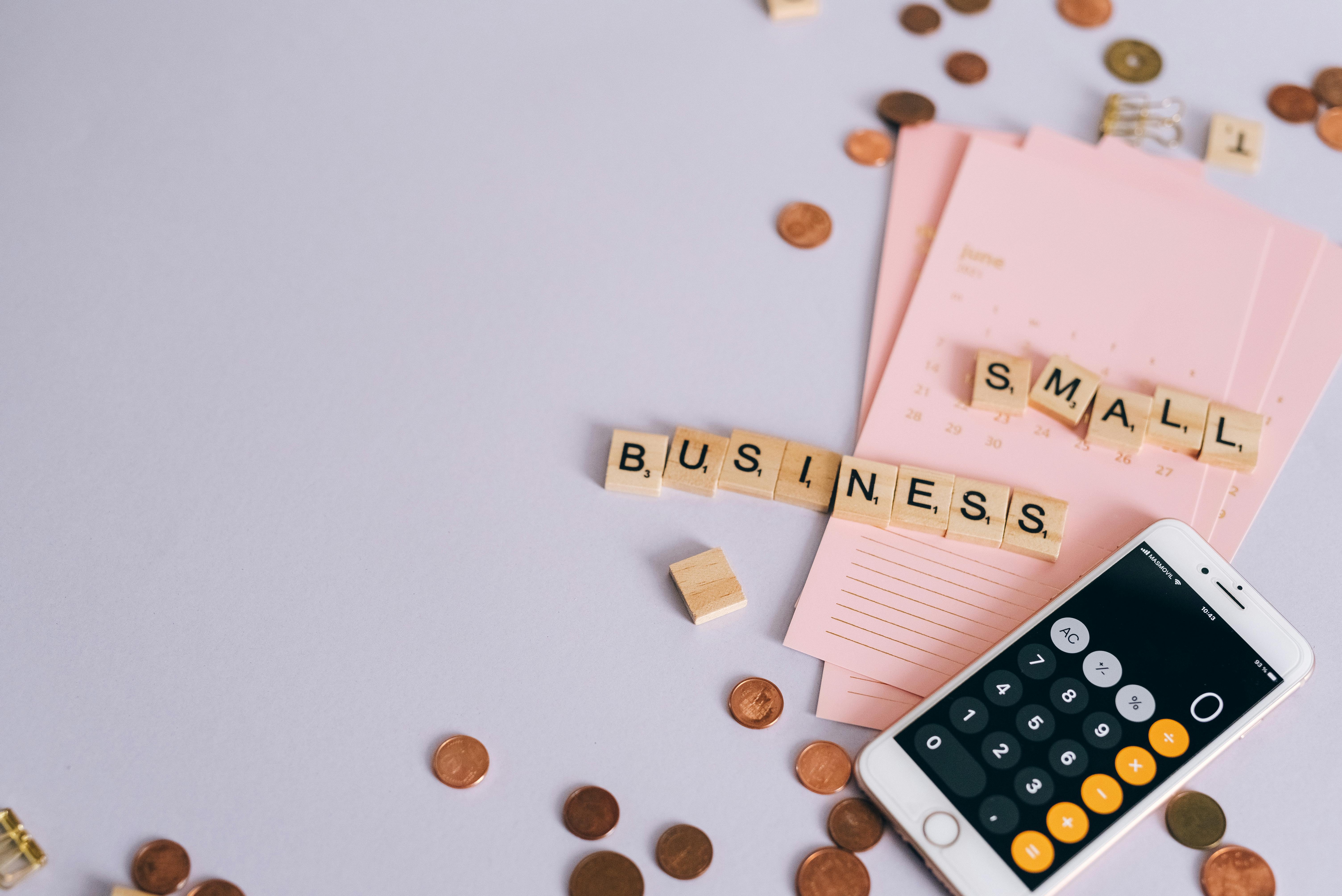Unlocking the Short-Term Rental Dream: Your Essential Budgeting Guide

Considering a short-term rental (STR) property for potential passive income and financial freedom? It’s an exciting venture, but success hinges on a clear understanding of the financial landscape. Before diving into booking platforms and interior design trends, let’s get a realistic grip on the numbers. Like any business, STRs involve both significant upfront startup costs and consistent ongoing expenses. Mastering these financial aspects is your roadmap to a profitable and stress-free hosting experience, preventing unwelcome financial surprises.
This guide will break down exactly what you can expect to invest, from the initial setup to the day-to-day operations of your short-term rental business.
The Initial Investment: Transforming Your Property into a Guest Magnet
This is where you’ll see the largest portion of your initial outlay. The objective is to create a property that is not just functional, but also exceptionally welcoming, stylish, and attractive, compelling potential guests to click “book.”
1. Property Acquisition (If Not Already Owned)
- Down Payment & Closing Costs: If you’re purchasing a property specifically for STR use, this is often the most substantial initial hurdle. Factor in mortgage down payments, property appraisal fees, title insurance, legal representation, and various other closing expenses associated with real estate transactions.
- Existing Property Investment: If you already own the property you plan to convert, this significant cost is eliminated, providing a considerable financial advantage.
2. Furnishing and Decor: Crafting the “Wow” Factor. Find out more about typical.
This is where you infuse personality and comfort into your space. Focus on a blend of style, durability, and guest comfort. Think about creating an experience, not just providing a place to sleep.
- Essential Furniture: This includes comfortable beds and quality mattresses, inviting sofas, functional dining sets, chairs, bedside tables, dressers, and any necessary outdoor furniture if your property has a patio or balcony. Prioritize durability and guest comfort – these elements are frequently reviewed by visitors.
- High-Quality Linens & Towels: Invest in multiple sets of premium sheets, duvet covers, pillows, blankets, bath towels, hand towels, and washcloths. Having ample sets is crucial for efficient laundry rotation between guest stays.
- Comprehensive Kitchenware: Equip your kitchen with a good selection of pots, pans, cooking utensils, plates, bowls, cutlery, glassware, mugs, a coffee maker, toaster, microwave, and essential pantry staples like salt, pepper, and cooking oil (though these can also be considered ongoing consumable expenses).
- Decor & Ambiance Enhancements: Artwork, area rugs, ambient lighting (lamps), window treatments (curtains/blinds), live or high-quality artificial plants, decorative pillows, and throws all contribute to a lived-in, inviting, and aesthetically pleasing atmosphere.
- Electronics & Appliances: A modern smart TV, a reliable Wi-Fi router, potentially a smart speaker, a hairdryer, an iron, and an ironing board are standard expectations for most travelers.
3. Essential Amenities & Starter Supplies: The Thoughtful Touches
These are the small but significant details that elevate the guest experience and contribute to positive reviews.
- Welcome Basket/Starter Kit: Provide essential toiletries (shampoo, conditioner, soap), toilet paper, paper towels, dish soap, laundry detergent, and initial coffee pods or tea bags.
- Safety Equipment: Ensure compliance with safety regulations by installing smoke detectors, carbon monoxide detectors, a fire extinguisher, and a readily accessible first-aid kit.
- Cleaning Supplies: Stock up on cleaning supplies for your professional cleaning team and for any minor spills or immediate needs guests might encounter.
4. Technology & Setup: Seamless Operations
- Smart Lock/Keypad Entry: Facilitates effortless self-check-ins and enhances property security for both guests and hosts.
- Wi-Fi Installation & Service: Reliable and fast internet access is a non-negotiable amenity for virtually all modern travelers.
- Listing Platform Setup: While listing on major platforms like Airbnb or Vrbo is free, consider investing in professional photography to make your listing visually compelling and stand out from the competition.
5. Initial Marketing & Branding
- Professional Photography: High-quality, appealing photos are paramount for attracting initial bookings and showcasing your property’s best features.
- Listing Optimization: Crafting compelling, keyword-rich descriptions and selecting the right categories and tags will improve your visibility in search results.
- Website/Social Media (Optional): Some hosts opt to create a dedicated website or social media presence to build their brand and attract direct bookings.
Estimated Startup Costs: These figures can fluctuate dramatically based on your property’s size, condition, location, and the level of luxury you aim to provide. A reasonable estimate can range from $5,000 for a small, well-appointed apartment to $50,000+ for a larger, high-end property in a prime tourist destination.
The Ongoing Expenses: Keeping Your Short-Term Rental Thriving
Once your property is guest-ready, the financial commitments continue. These are the essential costs of doing business, ensuring your property remains attractive, well-maintained, and operational for a steady stream of bookings.
1. Cleaning & Turnover: The Backbone of Guest Satisfaction. Find out more about learn about What are the typical startup costs and ongoing expenses for a short-term rental? insights.
- Professional Cleaning Fees: This is typically the most significant recurring expense. Thorough cleaning and sanitization between each guest stay are critical for maintaining high standards and positive reviews.
- Laundry Services: Washing, drying, and folding linens and towels can be managed in-house or outsourced to a professional laundry service.
- Replenishing Supplies: Consistently restocking toiletries, paper products, coffee, tea, and other consumables is essential.
2. Maintenance & Repairs: Proactive and Reactive Care
- Regular Preventative Maintenance: Schedule routine checks for plumbing, HVAC systems, and pest control to avoid larger issues down the line.
- Unexpected Repairs: Budget for potential appliance breakdowns, plumbing leaks, or furniture damage. A contingency fund is crucial here.
- Wear and Tear: Over time, furniture, linens, paint, and other fixtures will show signs of use and require replacement to maintain the property’s appeal.
